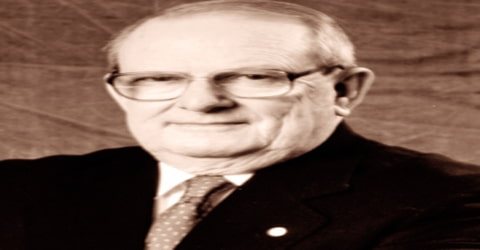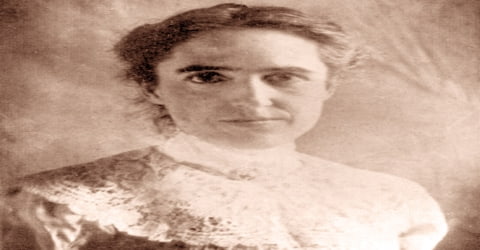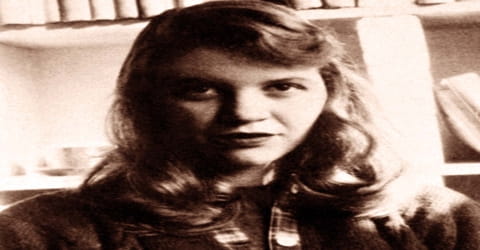Full Name: Marie Skłodowska Curie
Born: Warsaw, Kingdom of Poland, then part of Russian Empire
Died: 4 July 1934 (aged 66); Passy, Haute-Savoie, France
Citizenship: Poland (by birth) and France (by marriage)
Specific Fields: Physics and chemistry
Known for: Radioactivity; Polonium; Radium etc.
Notable awards:
- Nobel Prize in Physics (1903)
- Davy Medal (1903)
- Matteucci Medal (1904)
- Elliott Cresson Medal (1909)
- Albert Medal (1910)
- Nobel Prize in Chemistry (1911)
- Willard Gibbs Award (1921)
Marie Curie was a Polish-born French physicist famous for her work on radioactivity and twice a winner of the Nobel Prize. Born Maria Sklodowska on November 7, 1867, in Warsaw, Poland, Marie Curie became the first woman to win a Nobel Prize and the only woman to win the award in two different fields (physics and chemistry). Curie’s efforts, with her husband Pierre Curie, led to the discovery of polonium and radium and, after Pierre’s death, the further development of X-rays. She died on July 4, 1934.
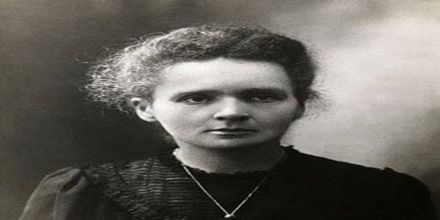
Early Life and Education
She received a general education in local schools and some scientific training from her father. She became involved in a students’ revolutionary organization and found it prudent to leave Warsaw, then in the part of Poland dominated by Russia, for Cracow, which at that time was under Austrian rule. In 1891, she went to Paris to continue her studies at the Sorbonne where she obtained Licenciateships in Physics and the Mathematical Sciences.
For roughly five years, Curie worked as a tutor and a governess. She used her spare time to study, reading about physics, chemistry and math. In 1891, Curie finally made her way to Paris where she enrolled at the Sorbonne in Paris. She threw herself into her studies, but this dedication had a personal cost. With little money, Curie survived on buttered bread and tea, and her health sometimes suffered because of her poor diet.
Curie completed her master’s degree in physics in 1893 and earned another degree in mathematics the following year. Around this time, she received a commission to do a study on different types of steel and their magnetic properties. Curie needed a lab to work in, and a colleague introduced her to French physicist Pierre Curie. A romance developed between the brilliant pair, and they became a scientific dynamic duo. The pair married on July 26, 1895.
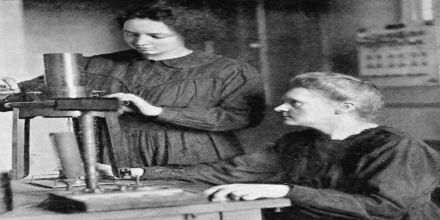
Marie Curie work on Radioactivity
Marie pursued studies in radioactivity. In 1898, this led to the discovery of two new elements. One of which she named polonium after her home country.
There then followed 4 years of extensive study into the properties of radium. Using dumped uranium tailings from a nearby mine, they were very slowly, and painstakingly, able to extract a decigram of radium.
Radium was discovered to have remarkable impacts. Marie actually suffered burns from the rays. It was from this discovery of radium and its properties that the science of radiation was able to develop. Using the properties of radium to burn away diseased cells in the body. Initially radiotherapy was called ‘currietherapy’
The Curries agreed to give away their secret freely; they did not wish to patent such a valuable element. The element was soon in high demand and it began industrial scale production.
For their discovery they were awarded the Davy Medal (Britain) and the Nobel Prize for physics in 1903.
Later Works
Marie continued to do research in radioactivity. When World War I broke out in 1914, she suspended her studies and organized a fleet of portable X-ray machines for doctors on the front.
After the war, she worked hard to raise money for her Radium Institute, including a trip to the United States. But by 1920, she was suffering from medical problems, likely due to her exposure to radioactive materials. On July 4, 1934, she died of aplastic anemia, a blood disease that is often caused by too much exposure to radiation.
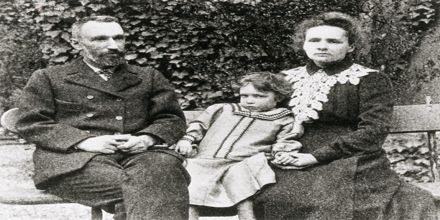
Science Celebrity
Marie Curie made history in 1903 when she became the first woman to receive the Nobel Prize in physics. She won the prestigious honor along with her husband and Henri Becquerel, for their work on radioactivity. With their Nobel Prize win, the Curies developed an international reputation for their scientific efforts, and they used their prize money to continue their research. They welcomed a second child, daughter Eve, the following year.
In 1906, Marie suffered a tremendous loss. Her husband Pierre was killed in Paris after he accidentally stepped in front of a horse-drawn wagon. Despite her tremendous grief, she took over his teaching post at the Sorbonne, becoming the institution’s first female professor.
Curie received another great honor in 1911, winning her second Nobel Prize, this time in chemistry. She was selected for her discovery of radium and polonium, and became the first scientist to win two Nobel Prizes. While she received the prize alone, she shared the honor jointly with her late husband in her acceptance lecture.
Around this time, Curie joined with other famous scientists, including Albert Einstein and Max Planck, to attend the first Solvay Congress in Physics. They gathered to discuss the many groundbreaking discoveries in their field. Curie experienced the downside of fame in 1911, when her relationship with her husband’s former student, Paul Langevin, became public. Curie was derided in the press for breaking up Langevin’s marriage. The press’ negativity towards Curie stemmed at least in part from rising xenophobia in France.
Death
Marie Curie died in 1934 from Cancer. It was an unfortunate side effect of her own ground-breaking studies into radiation which were to help so many people.
Marie Curie pushed back many frontiers in science; and at the same time set a new bar for female academic and scientific achievement.
